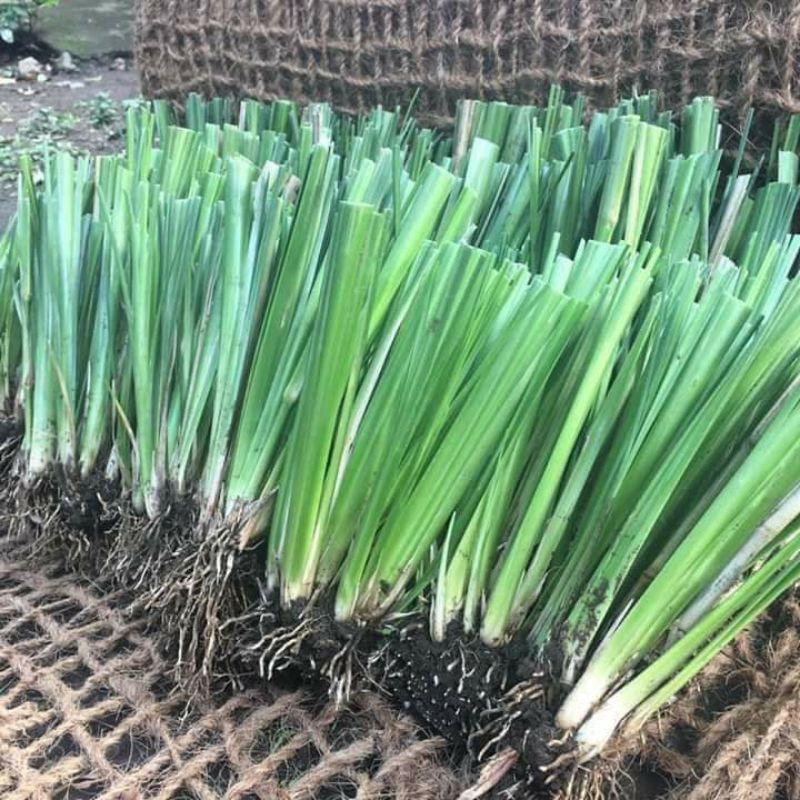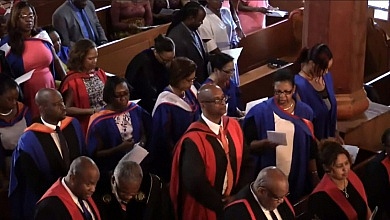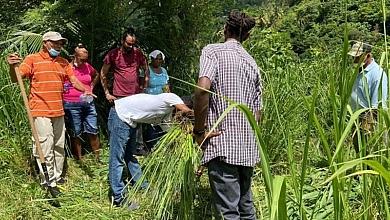Dominica Exports Vetiver Grass to Antigua to Combat Climate Change

Dominica exported vetiver grass to Antigua and Barbuda to combat climate change. A first batch of 2,180 vetiver grass slips was exported out of a targeted total of 7,000. The export is an initiative of the Inter-American Institute for Cooperation on Agriculture (IICA), the Caribbean Biodiversity Fund (CBF), and the Ecosystem-based Adaptation (EbA) project.
Vetiver is also known as East Indian grass; its roots are used for making mats, baskets, and other major crafts. It is also used for compound screening and to control soil erosion and water flow in many countries. The vetiver roots give off a very pleasant fragrance.
The coastal plant will be used to combat climate change and poverty alleviation in Antigua, St. Lucia, Trinidad and Tobago, as well as Dominica. This is under the “Strengthening Coastal and Marine Climate Resilience through Upland and Coastal Ecosystem Based Adaptation and Community Engagement” which is funded by Germany and the Nature Conservative and Nuclear Safety agency.
Environmental experts and climate specialists consider vetiver grass as a suitable green engineering solution to global warming. It is grown by many farmers in Dominica as a hedge around the houses and on farms; and it is more abundant in Dominica than in other Caribbean countries.
An official of IICA in Dominica, Kent Coipel, helped to coordinate the preparation and packaging of the vetiver grass for export to Antigua. He managed a team that treated the grass in the field with approved chemicals and after clumps were harvested before they were packaged for export. Most of the harvesting was done in Petite Soufriere and the Kalinago Territory as well as other coastal areas.
This article is copyright © 2021 DOM767








